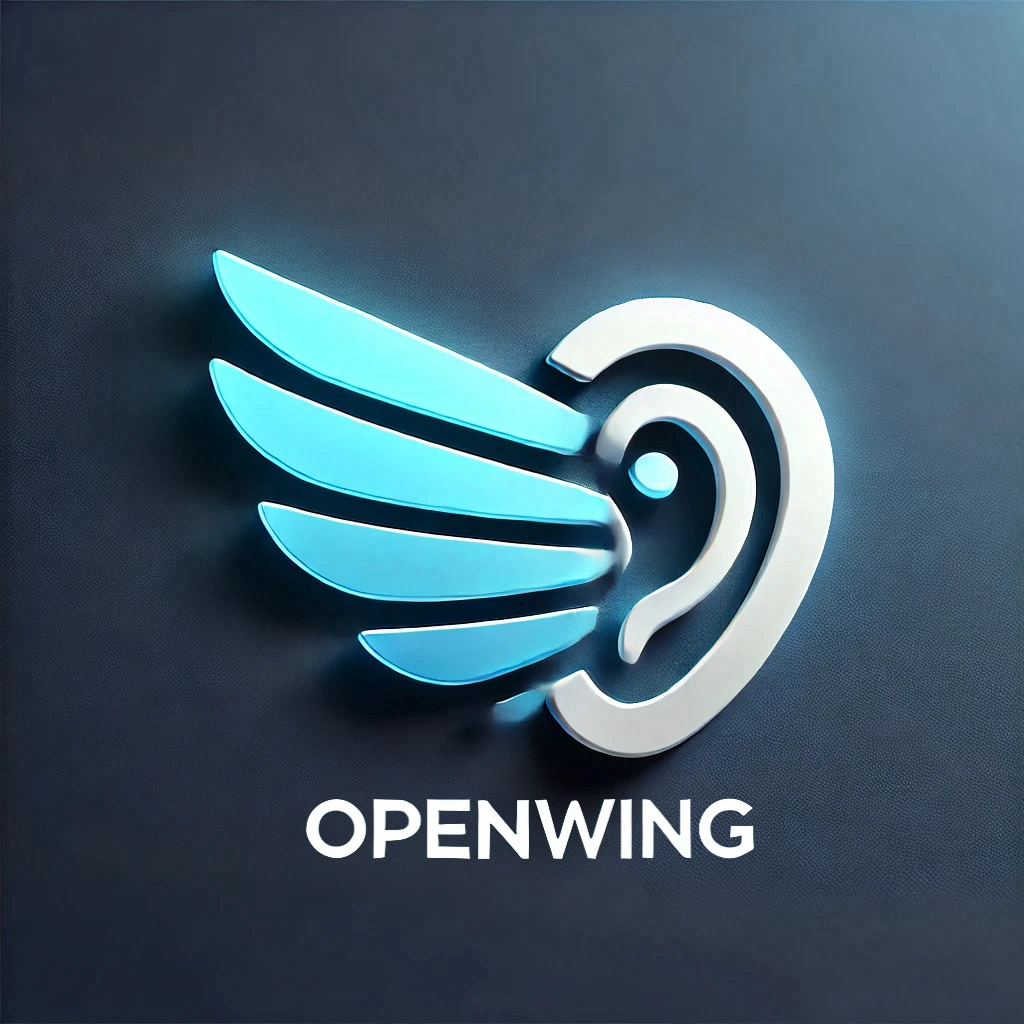In the rapidly evolving field of artificial intelligence, SmolLM emerges as a groundbreaking family of small language models (SLMs), challenging the notion that bigger is always better. Developed to operate efficiently on local devices, SmolLM offers three compact yet powerful models: 135M, 360M, and 1.7B parameters.
At the heart of SmolLM’s success lies its training on the meticulously curated SmolLM-Corpus. This dataset combines Cosmopedia v2’s synthetic textbooks, Python-Edu’s coding samples, and FineWeb-Edu’s educational web content, totaling over 250B tokens of high-quality data. The corpus’s diversity and focus on educational content contribute significantly to the models’ impressive performance.
SmolLM’s architecture incorporates innovative features like Grouped-Query Attention (GQA) and prioritizes depth over width. Trained using a trapezoidal learning rate scheduler, these models demonstrate remarkable efficiency in learning from the data.
Performance-wise, SmolLM sets new benchmarks in its size categories. The 135M version outshines MobileLM-125M, while the 360M model surpasses all sub-500M parameter competitors. Most impressively, SmolLM-1.7B outperforms all models under 2B parameters, including renowned ones like Phi1.5 and Qwen2-1.5B.
Beyond raw performance, SmolLM’s practical applications are noteworthy. Designed to run on devices ranging from smartphones to laptops, these models bring advanced AI capabilities to edge computing. The release of ONNX checkpoints and planned GGUF versions further enhance their accessibility and deployability.
SmolLM represents a significant step forward in making powerful language models more accessible and efficient. By demonstrating that small models can achieve high performance with thoughtful design and high-quality training data, SmolLM opens new possibilities for AI applications in resource-constrained environments. As the field continues to evolve, SmolLM stands as a testament to the potential of compact, efficient AI models.


